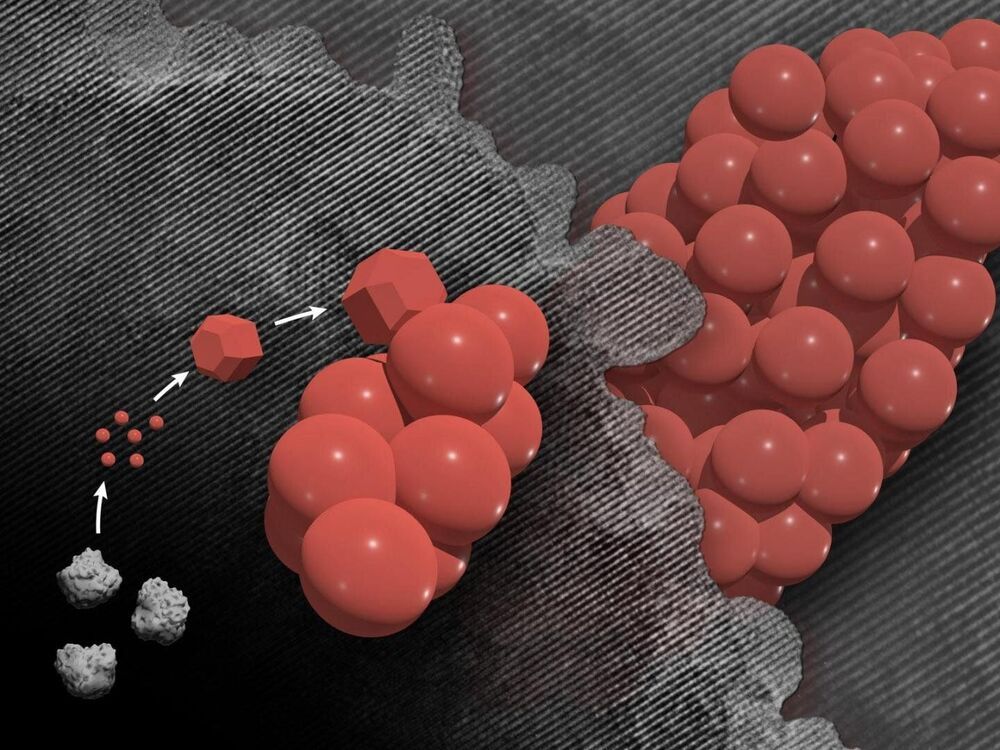Feb 17, 2021
Researchers discover a new route to forming complex crystals
Posted by Saúl Morales Rodriguéz in category: materials
When materials reach extremely small size scales, strange things begin to happen. One of those phenomena is the formation of mesocrystals.
















